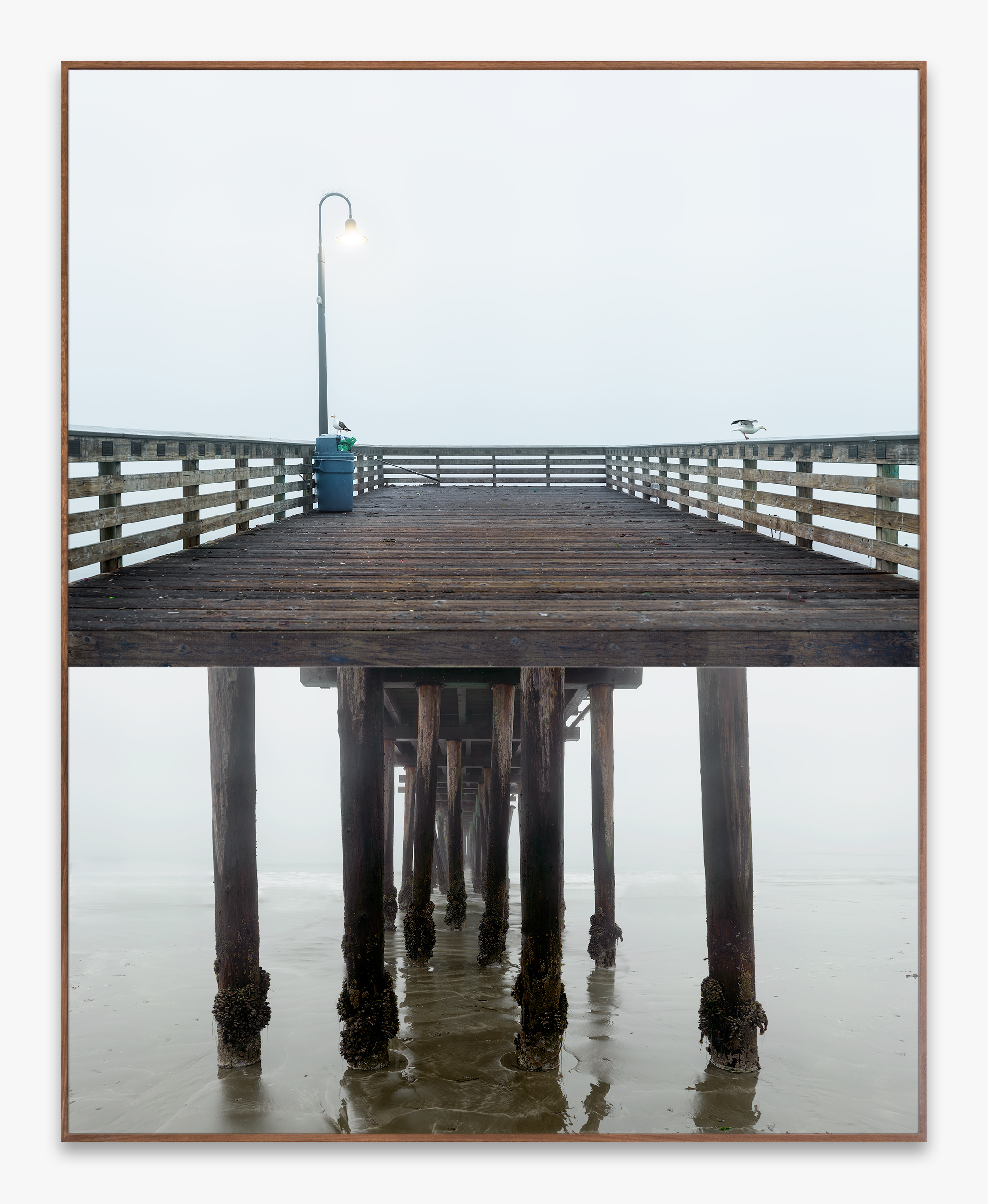
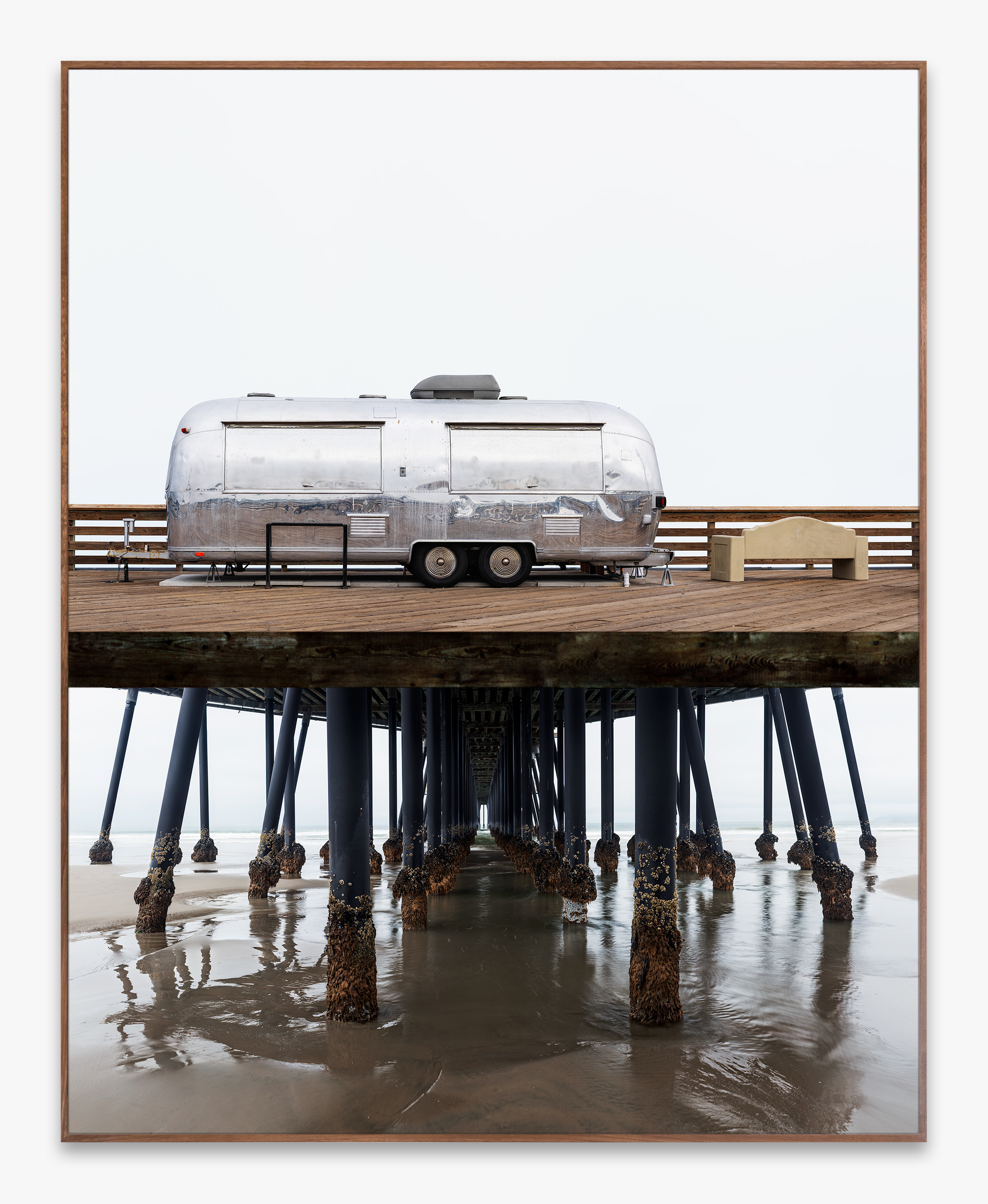
Interview Landscape
On being here
In his latest project photographer Amir Zaki shows us piers on the coast of California. Sort of. What they actually show, which the vast majority of photographs do not, is compression of durational time and an expansion of physical space.


Tell us a little about your background – what path led you to becoming a photographer, and to doing what you’re doing today?
Toward the very end of high school or shortly after, around 1992, for no particular reason I can remember, I bought my first 35mm film camera, a Pentax K1000, the quintessential “student” camera. I wanted to take moody, artsy (although I would not say that then) pictures of my friends and me. I imagine that is why many people start taking photographs when they are coming of age. My friends and I were into punk, new wave, and gothic music and culture. I took unskilled photographs of our fashion, cigarette smoke-filled and underexposed pictures at night, and other self-perceived “non-mainstream lifestyle” images. That phase went as quickly as it came, but it was formative in some ways in terms of wanting to use the medium in a creative and countercultural way.
In my second year of college at UC Riverside as a philosophy major, my girlfriend, Dori, who was an art major, encouraged me to take a beginning level photography class. I remember feeling inadequate and totally unartistic. Dori was one of those people for whom drawing came naturally. I would look at her sketches in awe (and in love) and feel completely inept. I was quite an introverted, serious, angst-ridden, and alienated young adult. I wrote a lot of terrible poetry and personal, melodramatic journal entries about life and death. At this time, I was becoming somewhat jaded about studying philosophy because some of the qualities that initially drew me to it, courses that explored open-ended questions about our existence and the nature of reality, led to courses like formal logic, which were just dreadful and lifeless. In this beginning photography class, however, where I already had a little experience and confidence with the medium’s technical aspects, I was suddenly given complete freedom and license to consider my contemplative, albeit naive philosophical impulses and express them visually without being right or wrong. I cannot convey how liberating that realization was.
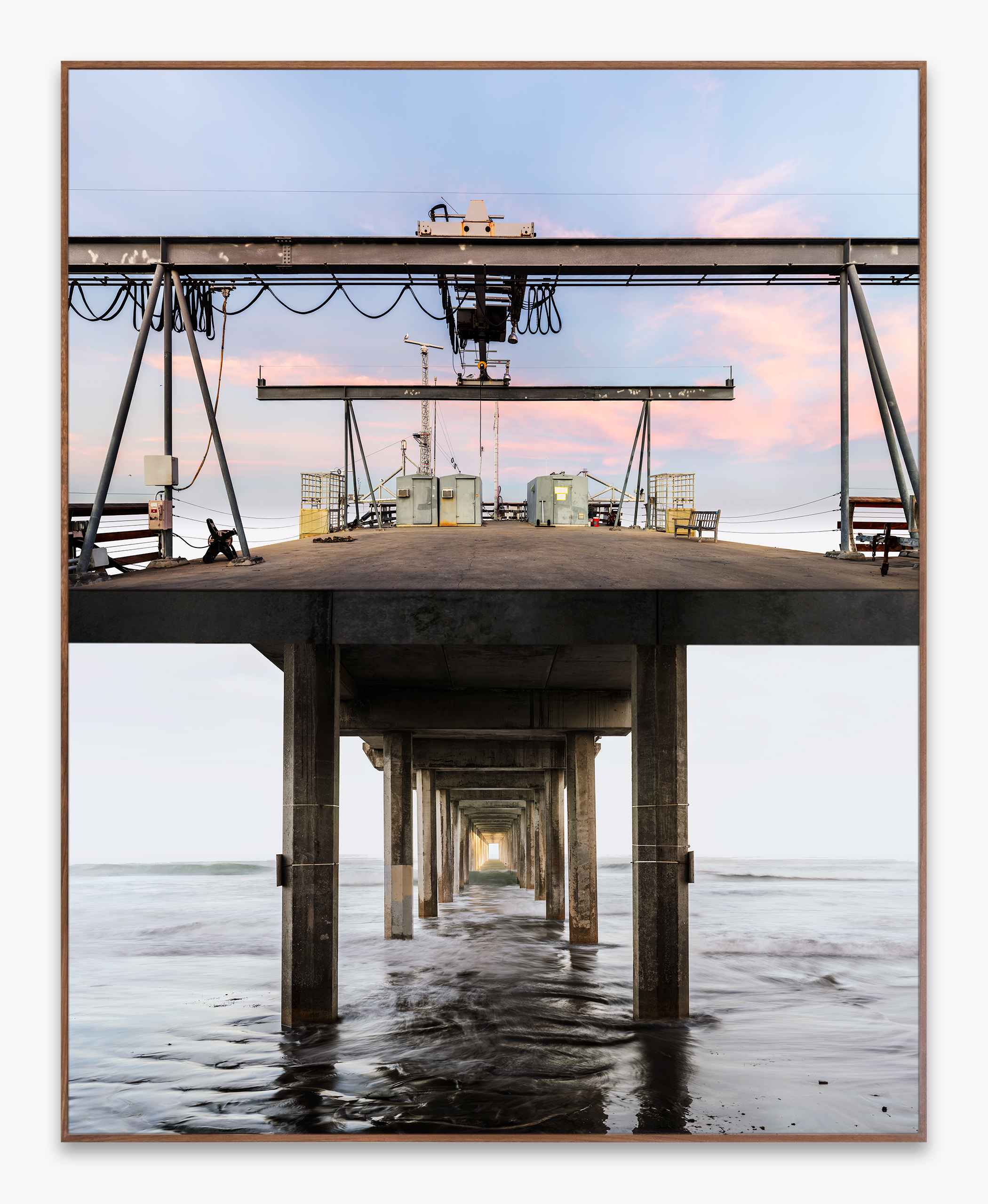
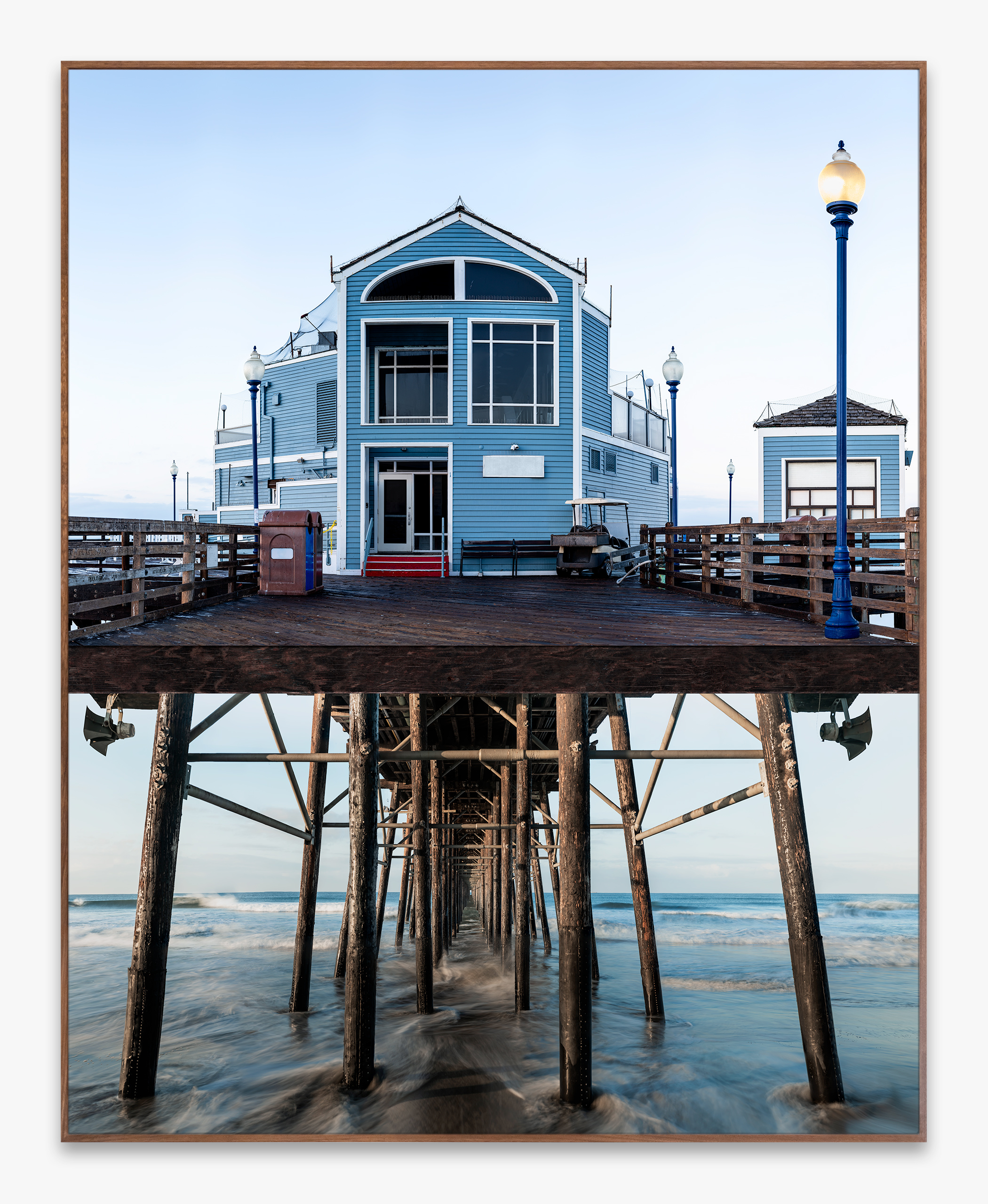
Can you tell us a bit more about the project ‘On being here’?
These photographs each depict piers on the coast of California. Sort of. What they actually show, which the vast majority of photographs do not, is compression of durational time and an expansion of physical space. They are composites. Rather than momentary captures of a particular framed view, they are layered recordings of visual information which unfold over a substantial period of time and in more than one location. Nearly always during the minutes that precede the dawn, and as the light changes quickly and dramatically, I walk to the very end of a pier and photograph from that vantage point. Sometimes, a piece of architecture stands in the way of what would otherwise be an uninterrupted gaze into the seemingly infinite ocean and sky. Sometimes not. (As a rule, I do not discriminate much between the built and the natural environments). In part because of the quiet time of day and in part because of post-production alterations, there are no people nor signage/language to rely upon for solace, familiarity, or company. There are only remnants of human presence like an occasional fishing pole or vacant structure. I make sure the viewer of my work is left alone and undisturbed in the space. There are birds, though. There are always birds.
Why piers? In one sense, piers represent the furthest point of travel by foot from the continental landmass. People seem to have an existential drive and desire for a sublime experience when they voluntarily “walk the plank” for leisure rather than by coercion. During the last couple of years of the global pandemic, this longing to escape has been exacerbated for many people, including me. During a time when there has been a simultaneous jonesing to get out and get away, but nowhere to safely go and no people to safely see, traveling alone to these dozens of piers over the last 18 months has felt necessary, if only as temporary relief. Ultimately, the only place to go is here. Always.
“Built in 1904. Damaged in 1935, 1983. 1992, 1994, 2014, 2016. Restored in 1939, 1985, 1996, 2018.” The long titles of each photograph which intentionally omit specific locations, convey an ongoing history of persistence, impermanence, and instability, not a particular place on a map. They are both documents and not-documents. These places are part of something larger that is in flux. They are part of a history that is still unfolding. They are not nouns. They are verbs. They are being. These piers are cared for and rebuilt after recurring natural and human-made disasters. It’s endearing. “Built in the year so and so, damaged in years so and so, renovated in years so and so, photographed in the year so and so.” Who knows the future fate of these resilient structures? Right now, they are all standing strong and enduring relentless erosion.
In terms of art historical context, there is clearly a nod to photographic typologies, most formally those of Bernd and Hilla Becher and Hiroshi Sugimoto. The consistent frontal point of view and the type of structure being depicted, highlighting, examining, and almost fetishizing each pier’s unique construction, is knowingly reminiscent of the Bechers. And, it’s hard not to look at a number of photographs where the sky and the ocean meet at the horizon and not consider Sugimoto’s iconic seascapes. But, the comparison to the dry and analog documentary approach of traditional typological studies is only as deep as the surface of the paper on which these photographs are printed. Oddly, but perhaps more conceptually apropos, these works share some concerns with Cubist artists of the early 20th century in that they are not records of a singular moment in space and time, where one can comfortably relish in the particularities of the way the light was just so and the placement of the camera was just so. They are much more messy and unstable and strive to represent a three-dimensional reality about movement, space, and time in two dimensions. These photographs are attempts at resuscitating corpses. I want to breathe life into them, as sappy and Sisyphean as that sounds.
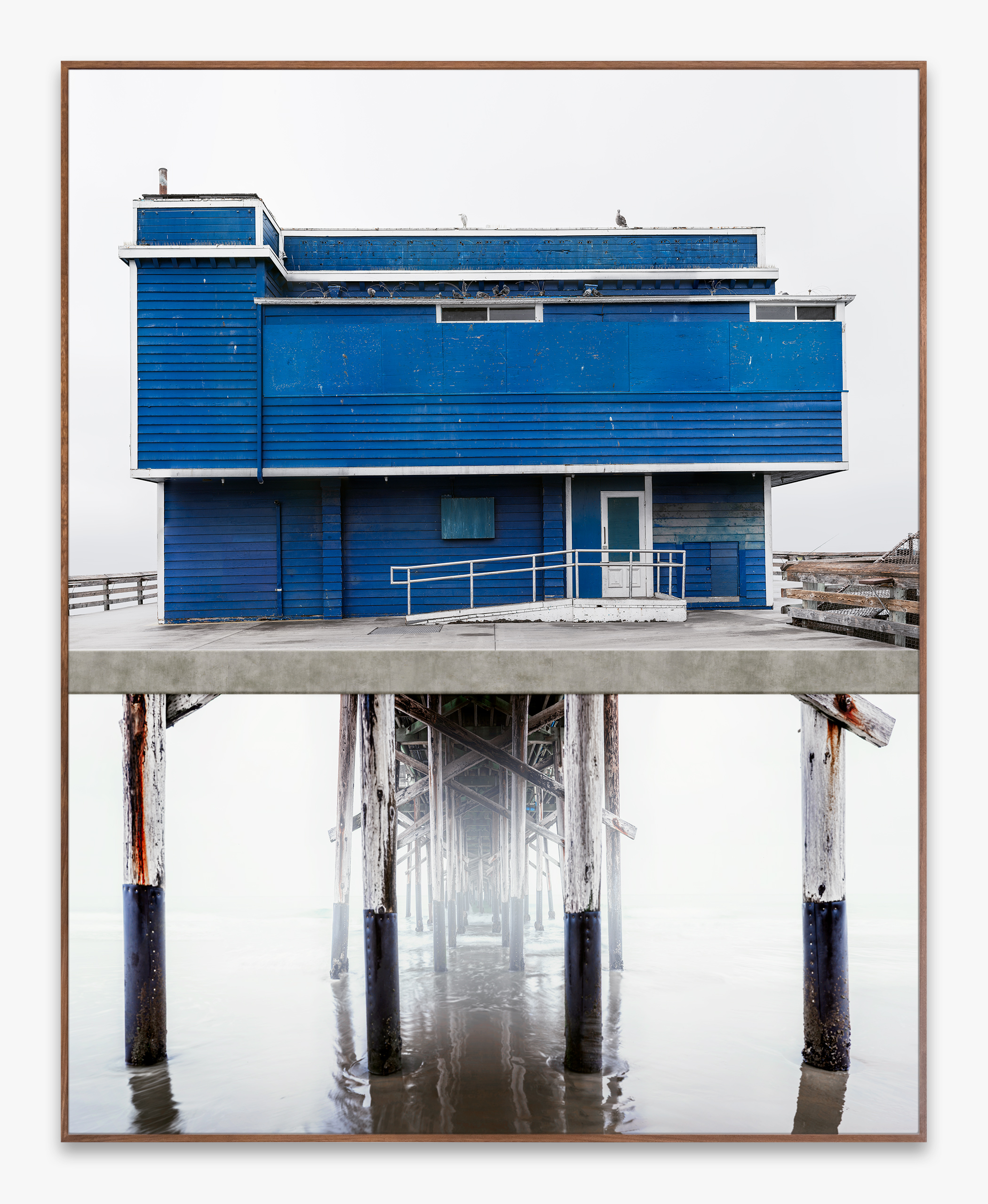

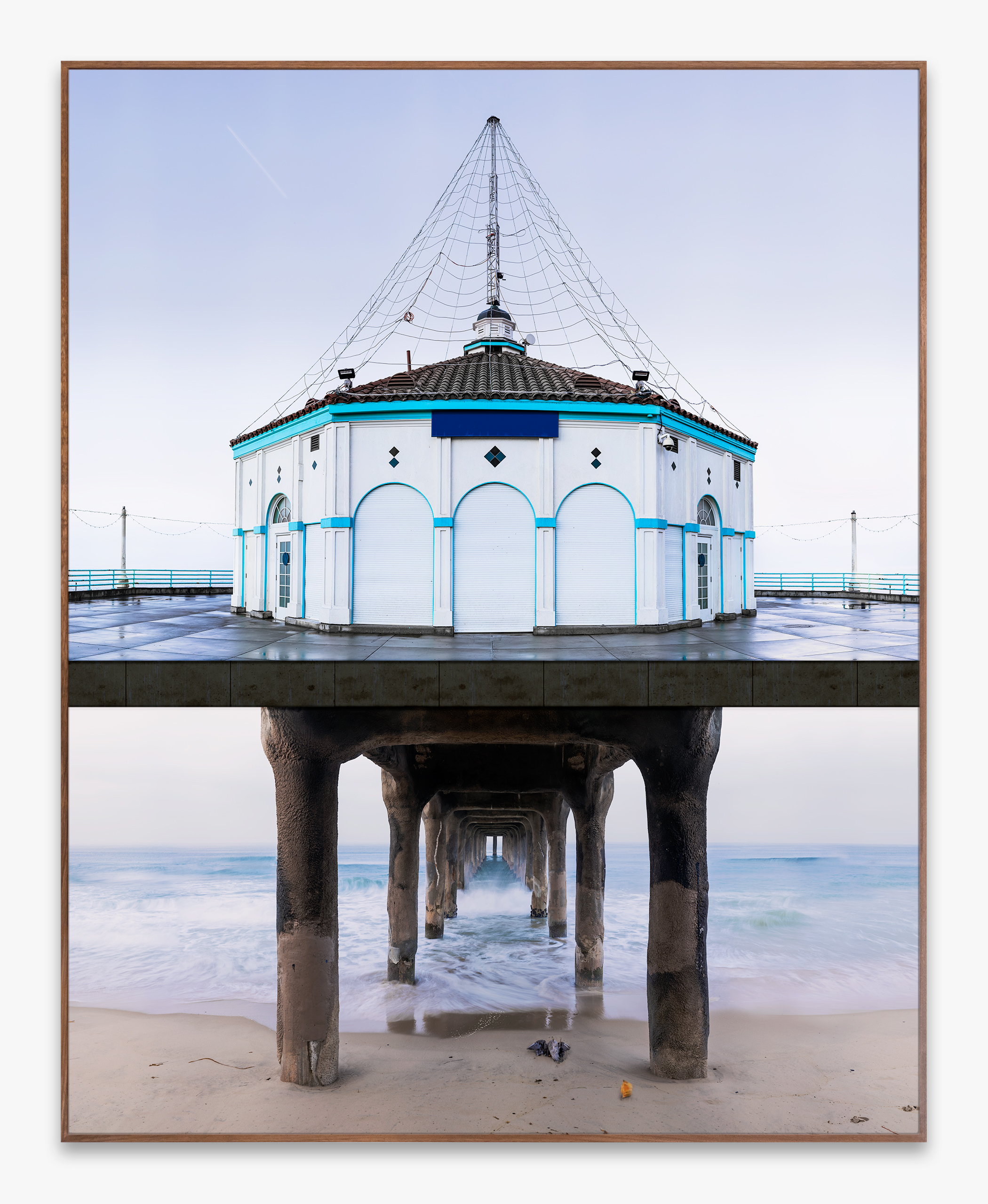
Can you tell us a bit more about your process?
Using a robotic tripod head that moves precisely in an overlapping grid pattern, I make an array of dozens of detailed photographs, one by one, as time is ticking by and light is changing as fast as I can blink (usually for the worse), moving horizontally left to right and from top to bottom. During this time, birds fly or stroll in and out of frames, lamps on dusk/dawn timers turn off as natural replaces electric light, the pier rocks gently from the movement of the waves below, and all of the incredible sounds sound. Once this process is finished, which normally takes an hour or so, I pack up my gear and walk all the way back to the beginning of the pier and then hike underneath the support structure onto the sand and rocks. Using the same process as above, I make an array of photographs of the view looking through the center of the pier columns into the ocean. The movement of the crashing waves is recorded with longer exposures, soft and blurry. This process also takes about an hour. The top view and bottom view, already composites and temporally expansive in their own right, are then carefully composited together in post-production to create one initially coherent image that represents a “real” place, a “real” photograph, a “real” experience, yet of an unnatural perspective with two vanishing points and a compressed representation of a substantial passage of time.
Who is your photography hero and why?
I really cannot answer this question in short. My list of heroes, artists, and non-artists is too long. I find inspiration in eastern and western philosophic and contemplative traditions, mind-body practices, and art of all kinds. I don't really consider individuals who make art heroic, but I love photography in its aggregate. I love the medium and Its precarious relationship to time and space.
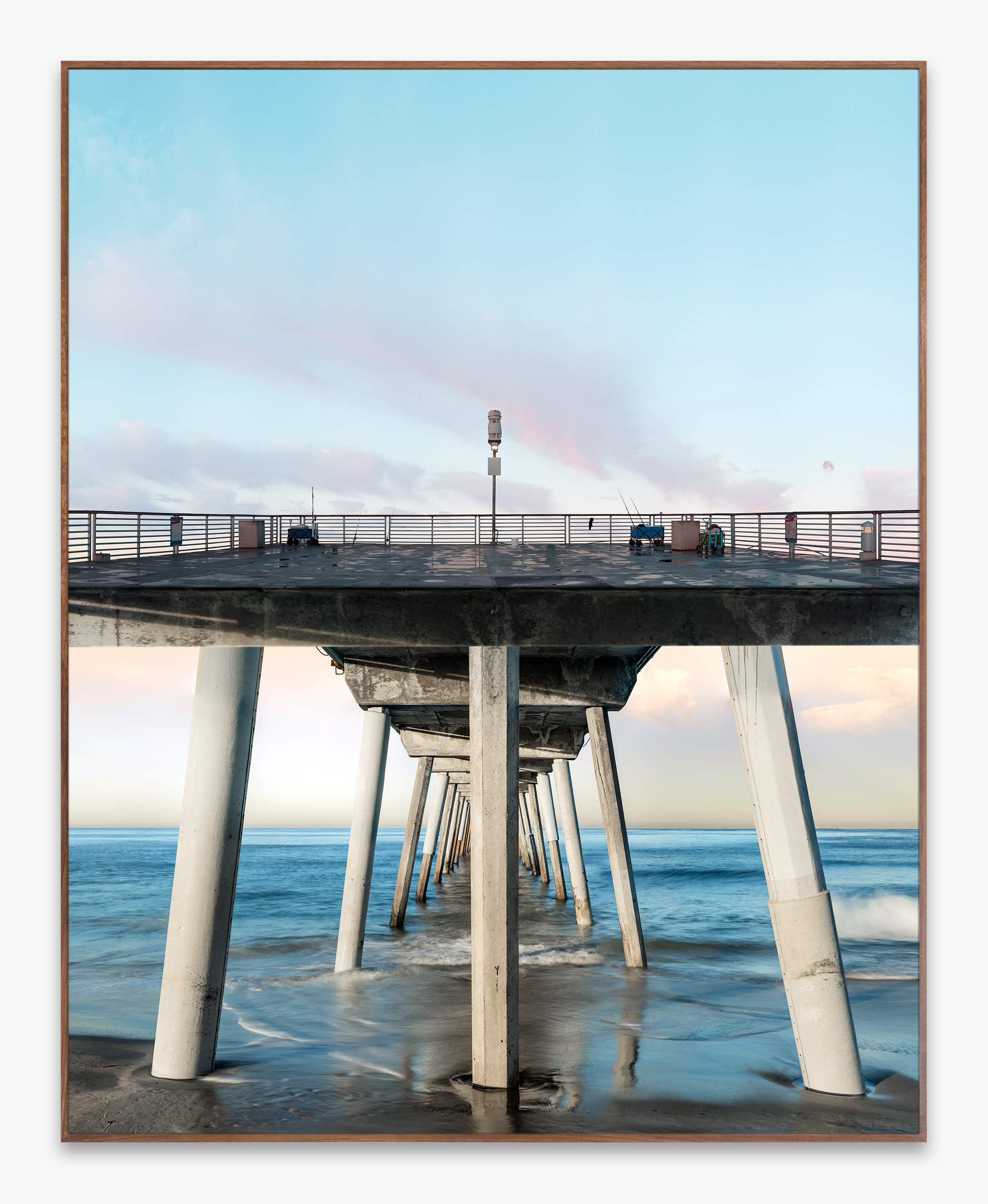
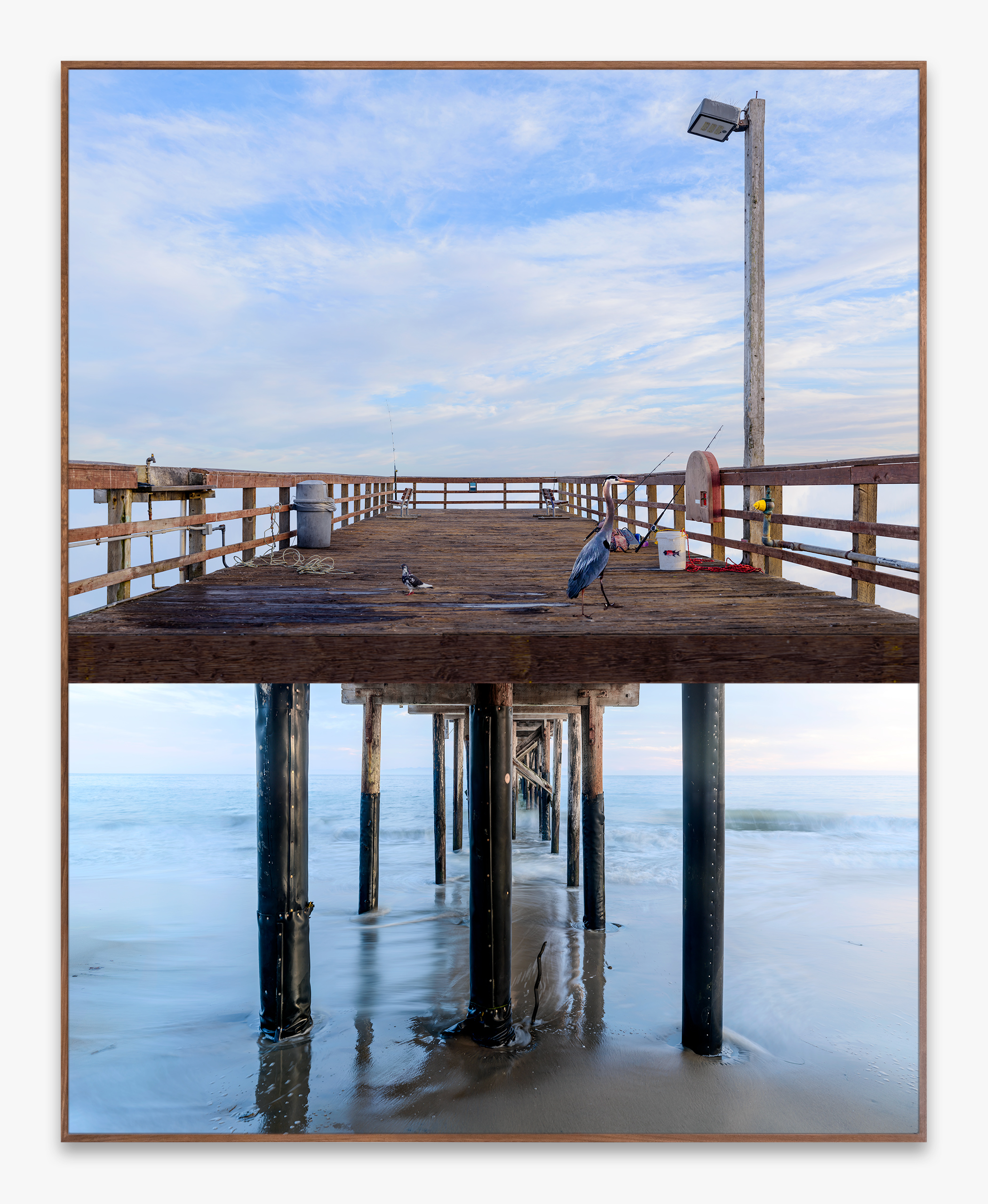
© Pictures by
Amir Zaki
